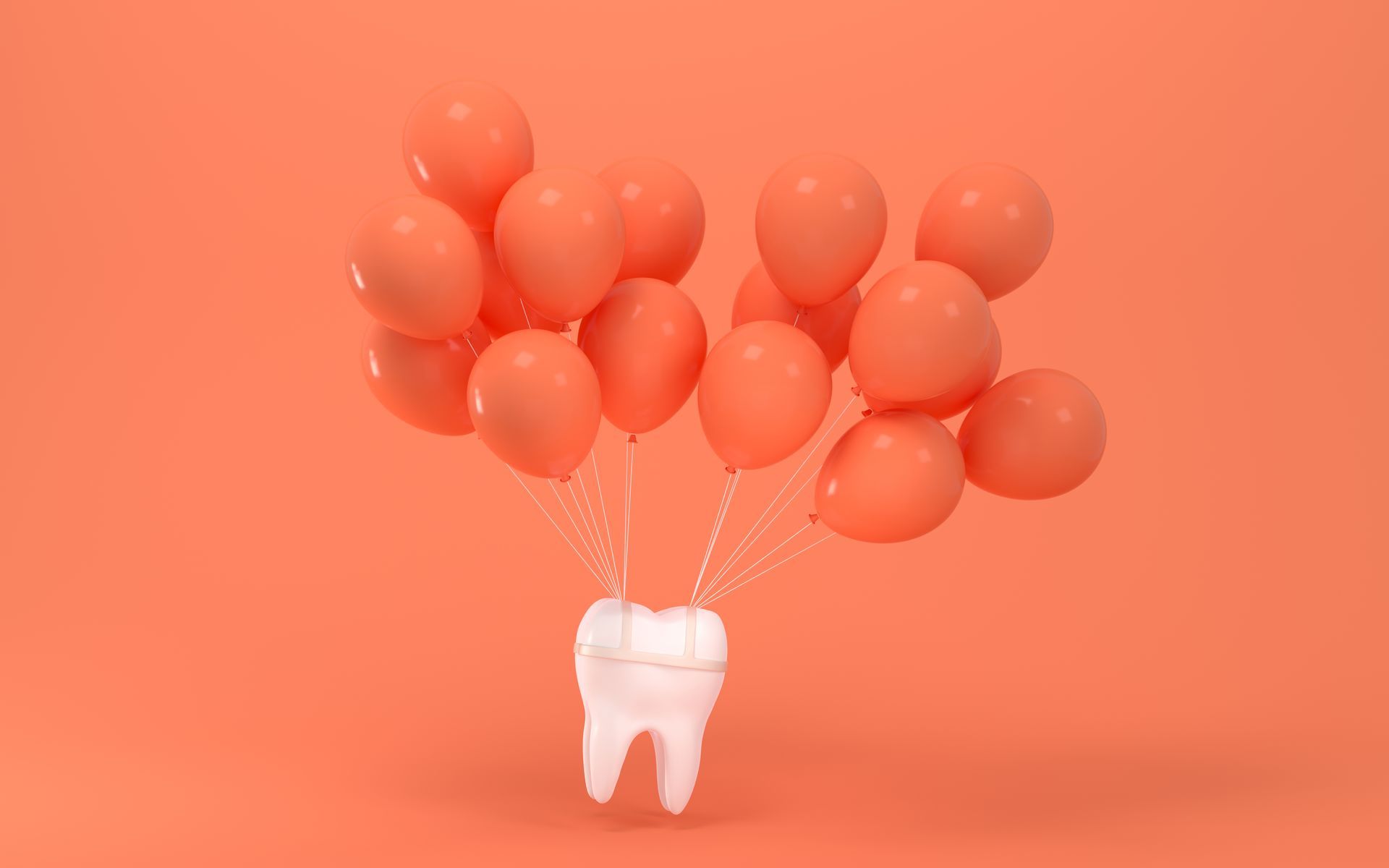Nurturing a Smile: The Benefits of Dental Sealants for Kids

Dental sealants offer a proactive way to protect young teeth from cavities, helping children maintain happier, healthier smiles. By forming a strong shield against harmful bacteria, sealants can significantly reduce the risk of tooth decay over the long haul. Below, we delve into how this preventive measure works, the recommended age for receiving them, and the common myths that sometimes surround dental sealants.
Understanding the Power of Dental Sealants
The concept behind dental sealants is simple yet powerful: a thin, protective coating is placed on the chewing surfaces of back teeth (molars and premolars) to keep food debris and bacteria from settling into the grooves. According to the Centers for Disease Control and Prevention (CDC), dental sealants have the potential to prevent up to 80% of cavities in the back teeth—the most common area children develop cavities.
While brushing twice a day and flossing daily remain crucial, sealants serve as a valuable extra line of defense. Even the most thorough at-home cleaning can miss tiny crevices that house bacteria. Elastic sealants fill those small nooks, preventing decay at its earliest stages.
How Sealants Protect Growing Smiles
When a child gets a sealant, the tooth surface is first cleaned and dried. Afterward, a solution is gently applied to the tooth to help the sealant bond better. The final step is painting the sealant onto the enamel, where it hardens within seconds under a special curing light. Because the sealant is almost invisible, children can enjoy capped protection without any impact on speech, chewing, or appearance.
Once applied, sealants form a reliable barrier that can last for several years, though regular dental checkups will confirm if sealants need reapplication. The American Dental Association (ADA) endorses the use of sealants as an effective form of cavity prevention, as noted in their sealant guidelines. By supplementing routine brushing and flossing, this added shield can provide an extra layer of security for developing smiles.
Ideal Age for Dental Sealants
Children begin to get their permanent molars around age six, with additional molars appearing in their early teens. During these formative years, introducing dental sealants is often recommended. By coating the back teeth soon after they come in, the risk of cavities can be greatly minimized.
While the ideal window for applying sealants is generally around the age children receive their permanent molars, it is never too late to consider this treatment if your child is prone to cavities or has deeply grooved teeth. Talking with a trusted pediatric or general dentist about your child’s dental health history can help determine the right time to apply sealants.
Common Myths, Clarified
Even with a solid record of success, questions sometimes arise about dental sealants. Let’s address a few:
- “Sealants contain harmful substances.”
Modern sealants are designed to be safe and effective. Many are BPA-free, and any concerns about chemical exposure should be discussed directly with your dentist, who can verify specific product information. - “Fluoride does the same job as sealants.”
Although fluoride (in toothpaste, mouthwash, and tap water) strengthens enamel and helps resist decay, sealants specifically protect the areas that are most vulnerable to bacteria and plaque. Both fluoride and sealants work together within a comprehensive cavity-prevention strategy. - “Sealants make it harder to clean teeth.”
In reality, sealants can make brushing more effective by smoothing over the deep grooves that often trap food. Dental hygiene routines continue as normal, and your child’s dentist will still check on the integrity of the sealants at regular visits.
Moving Forward Toward Healthier Smiles
One of the most rewarding aspects of dental sealants is the boost it gives to both parents and kids. Parents breathe easier knowing they’ve proactively reinforced their child’s teeth, and children feel more enthusiastic about their dental visits when they know they have an extra layer of protection against cavities.
In addition to these benefits, maintaining a consistent oral hygiene routine at home remains essential. By combining the protective power of sealants with proper brushing, flossing, and regular dental checkups, you’ll encourage a lifetime of strong and healthy teeth. As your child grows, their dentist can keep an eye on how well the sealants are holding up, ensuring a truly long-lasting defense.
Next Steps for a Brighter Smile
If you’d like to learn more about how dental sealants could fit into your child’s preventive care plan, we invite you to explore our comprehensive services at South Temple Dental. Whether you’re new to our practice or someone we see regularly, we’re here to make every dental visit as comfortable and beneficial as possible.
To schedule a consultation or ask any further questions, please visit our Contact page. We look forward to helping your family take the next step in safeguarding those growing smiles.


Connect With Us on Facebook
Areas We Serve
Downtown Salt Lake City
84103, 84116, 84104, 84101, 84111, 84102, 84112, 84113, 84108, 84105, 84115, 84104, 84103
Business Hours
- Monday
- -
- Tuesday
- -
- Wednesday
- -
- Thursday
- -
- Friday
- -
- Saturday
- Closed
- Sunday
- Closed
All Rights Reserved | South Temple Dental
Dentist in Downtown Salt Lake City, Utah
